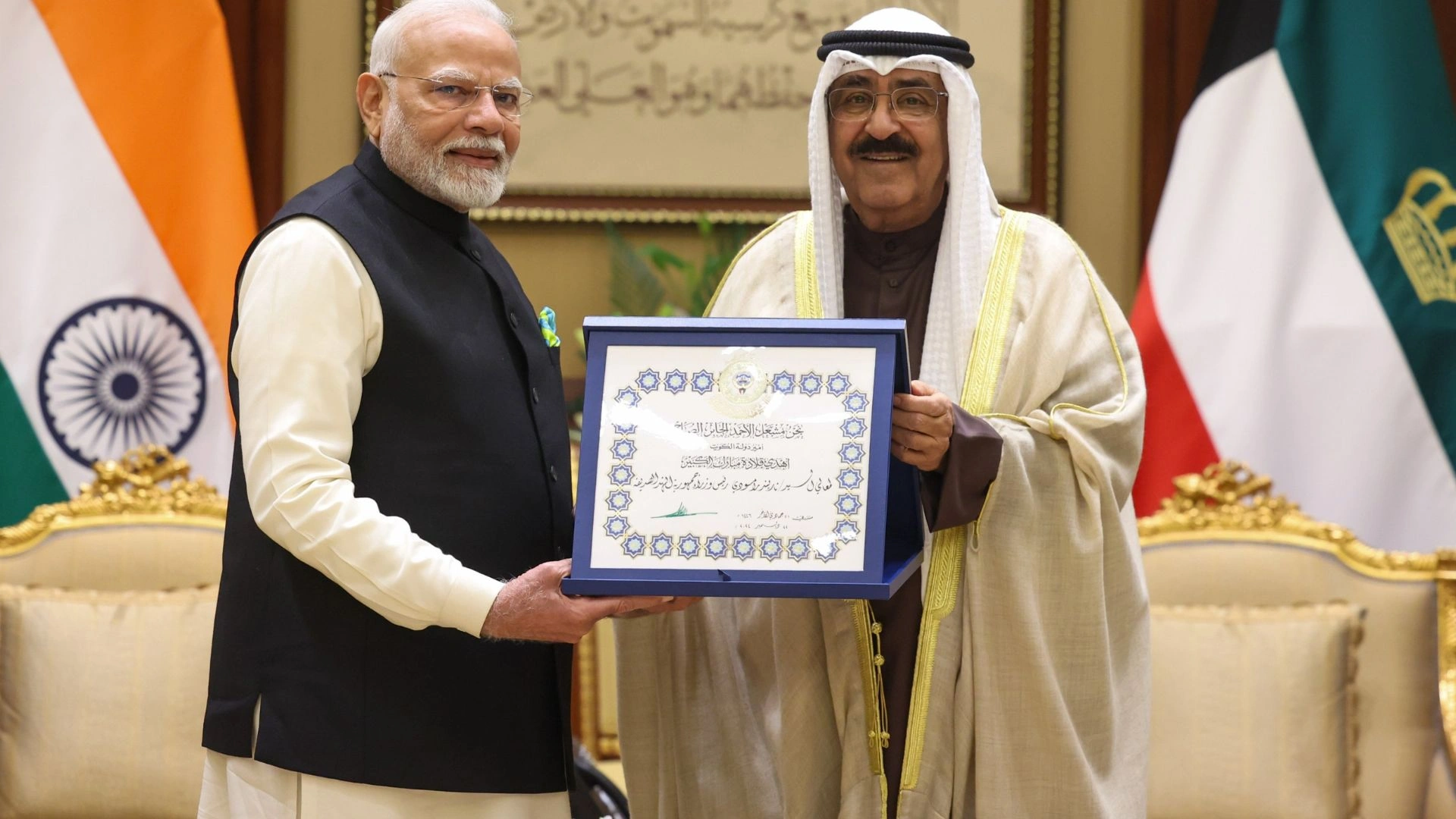Delhi’s status as the capital of India has been accompanied by a dynamic evolution of its governance structure, reflecting the intricate interplay between local autonomy and central oversight within India’s federal framework. From its colonial origins to the present day, Delhi’s journey has been marked by significant legal and administrative milestones, each shaping its unique political landscape.
Well, let’s go back a bit. Delhi is not just any Union Territory; it’s the capital of India, with lots of people from all over the country living there. So, to make sure it’s well-run and represented, some changes were made. When India became independent in 1947, Delhi was initially considered a “C” category state. At first, it was treated like a regular state, but things changed in 1956, and Delhi became a Union Territory, directly managed by the central government.
Foundations of Capital Status (1911-1951)
Delhi’s transformation into the capital of India in 1911 marked the beginning of a complex and evolving governance structure. From its colonial roots to its modern status as the National Capital Territory (NCT), Delhi’s legal landscape has been shaped by a series of legislative milestones and judicial interpretations. This article explores the key developments in Delhi’s special status, highlighting the challenges and opportunities inherent in balancing local autonomy with central oversight.
Establishment of Legislative Assembly (1951)
The Government of Part C States Act passed in 1951 laid the foundation for Delhi’s legislative representation. By establishing a Legislative Assembly, Delhi gained a platform for local governance and decision-making. However, the Act also delineated the boundaries of Delhi’s authority, reserving certain matters such as public order and police for central control. Despite these limitations, the establishment of the Legislative Assembly marked a significant step towards recognizing Delhi’s distinct administrative needs.
Transition to Union Territory (1956)
In 1956, Parliament passed the Constitution of India (Seventh Amendment) Act, redefining Delhi’s administrative status as a Union Territory. This transition brought about fundamental changes, including the abolition of the Legislative Assembly and the introduction of an administrator appointed by the President. While centralizing control over Delhi’s affairs, the move reflected the central government’s desire for tighter oversight in the national capital.
Balakrishnan Committee Recommendations (1989)
The recommendations of the Balakrishnan Committee in 1989 signaled a renewed push for Delhi’s autonomy within the Union Territory framework. Advocating for the retention of Delhi’s Union Territory status, the committee proposed the establishment of a Legislative Assembly and Council of Ministers. This proposal aimed to strike a balance between local governance and central oversight, acknowledging Delhi’s unique position as the national capital.
Constitutional Amendment (1991)
The enactment of the Constitution (Sixty-Ninth Amendment) Act in 1991 represented a watershed moment in Delhi’s political evolution. This legislation transformed Delhi into the National Capital Territory (NCT), granting it a Legislative Assembly and Chief Minister while retaining certain executive powers with the Lieutenant Governor (LG). Articles 239AA and 239AB delineated the powers and responsibilities of the various stakeholders, providing a framework for governance in the NCT.
Judicial Interpretations and Controversies (1996-2022)
Despite legislative reforms, the implementation of Delhi’s special status has been marred by controversies and legal challenges. Judicial interpretations, such as the 2018 Supreme Court ruling, clarified the distribution of powers between the Chief Minister and the LG. However, disputes over the extent of Delhi’s autonomy persist, exemplified by the Union Government’s amendments in 2021. These amendments, aimed at curbing the powers of the Legislative Assembly, sparked renewed debates over Delhi’s status and led to legal challenges from the Delhi Government.
Challenges and Opportunities
As Delhi continues to navigate its unique governance framework, several challenges and opportunities lie ahead. Balancing local autonomy with central oversight remains a delicate task, requiring ongoing dialogue and cooperation between central and local authorities. Additionally, addressing issues of administrative efficiency and accountability will be crucial in ensuring effective governance in the NCT. Ultimately, Delhi’s journey towards a distinct governance structure reflects the complexities of India’s federal system and the evolving nature of democracy in the nation’s capital.

















